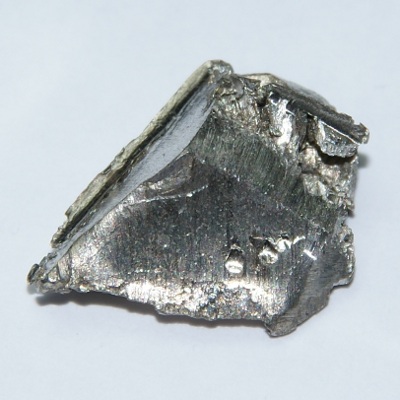Facts About Ytterbium
Atomic Number: 70 Atomic Symbol: Yb Atomic Weight: 173.054 Melting Point: 1,506 F (819 C) Boiling Point: 2,185 F (1,196 C)
Word origin: Ytterby, a Swedish village, is the origin of the name ytterbium. This small town, near Stockholm, also had a hand in naming erbium, terbium and yttrium.
Discovery: In 1878, Jean Charles Galissard de Marignac, a Swedish chemist, discovered a new component, which he called ytterbia, in the earth then known as erbia. A French chemist, Georges Urbain, separated ytterbia into two components in 1907. He called them neoytterbia and lutecia. The elements are now known as ytterbium and lutetium. [See Periodic Table of the Elements]

Properties of ytterbium
Ytterbium has a bright silvery luster, is soft, malleable, and quite ductile. One of the lanthanides, it is fairly stable in air but is readily attacked and dissolved by dilute and concentrated mineral acids and reacts slowly with water.
Sources of ytterbium
Ytterbium occurs along with other rare earths in a number of rare minerals. It is commercially recovered principally from monazite sand, which contains about 0.03 percent. Ion-exchange and solvent extraction techniques have simplified the separation of the rare earths from one another. Ytterby is the site of a quarry that yielded many unusual minerals containing rare earths and other elements.
Uses of ytterbium
Ytterbium has few uses. It can be alloyed with stainless steel to improve some of its mechanical properties and used as a doping agent in fiber optic cable. One of ytterbium's isotopes is being considered as a radiation source for portable X-ray machines.
(Source: Los Alamos National Laboratory)
Sign up for the Live Science daily newsletter now
Get the world’s most fascinating discoveries delivered straight to your inbox.











